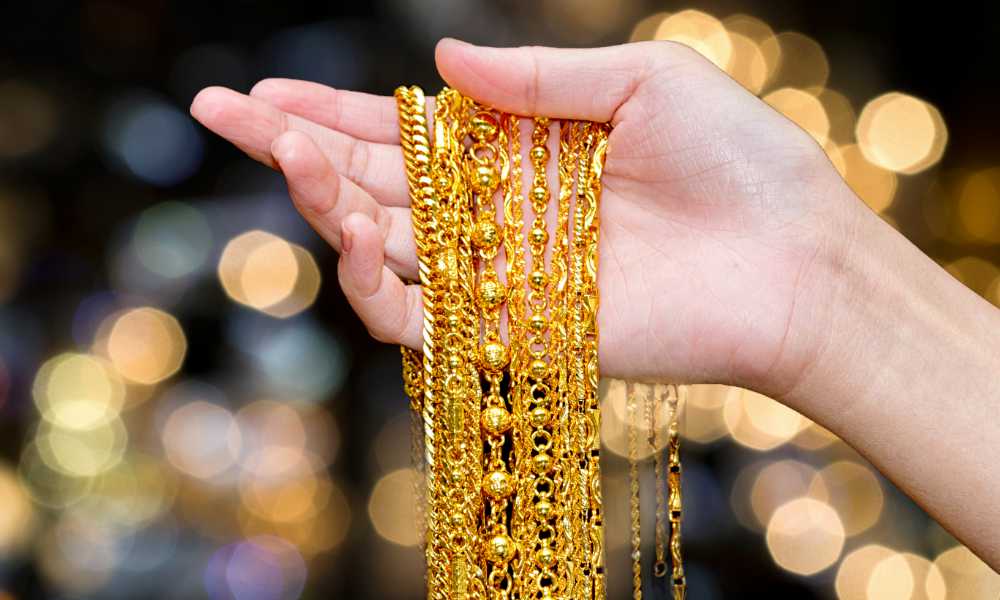Like all food intolerances, for example that to gluten, to lactose or al leaven, nickel intolerance is also a real pathology that can lead to really annoying disorders if not managed correctly.
The medical acronym is SNAS, or Systemic Nickel Allergy Syndrome. Those who suffer from it must be careful about coming into contact with objects or ingesting foods that have a high content of this mineral.
A common chemical element, naturally present in the atmosphere and soil, but which in reactive subjects can lead to the development of more or less serious symptoms.
Nickel allergy, symptoms and how to recognize it
The symptoms of nickel allergy can be various and of different severity depending on how much you have come into contact with the substance and also on your stage of life.
It can happen, in fact, that this type of intolerance "explodes" suddenly and then mitigates or disappears completely over time. It is always good to be followed by a specialized doctor both to precisely identify the diagnosis of SNAS and to get advice on how to manage the problem.
In general, the most obvious consequences of contact nickel allergy are dermatitis: itching, burning and swelling of the skin in areas that have touched objects containing nickel. We must, therefore, pay attention to many daily habits, from the type of jewelery you wear to the household cleaners you use.

For example, it is better to avoid costume jewelery necklaces and earrings, made of metal alloys which may contain nickel, it is preferable to opt for pure noble metals, such as gold.
For household cleaners and personal hygiene, always choose products that are as natural as possible and not full of harmful chemical substances.
Symptoms from ingestion can be even worse, with gastrointestinal problems or respirators.
Nickel-free diet, which foods to consume and which to avoid
Even when it comes to food, it is good to learn to always read labels before purchasing packaged products.
In general, once we understand which foods are bad for us, preparing meals at home is the best way to avoid running into nickel, often present simply through contamination in industrially processed foods.
Naturally nickel-free foods
The nickel-free diet can still be good and varied.
The00 flour is nickel-free, so green light for pasta, bread and pizza, the latter two preferably homemade and made with sourdough.

potatoes are an excellent and versatile ally for those who suffer from intolerance to this mineral: in fact, they contain many other beneficial minerals, but fortunately not nickel.
Also green light for cucumbers and cauliflowers, condiments such as olive oil and butter (not margarine, which may contain nickel), eggs, lean meats and “white” fish, preferably fresh and not frozen.
Foods to avoid on a nickel-free diet
Unfortunately, apart from canned foods and industrial products which we have already said are best not to consume, even some completely natural foods contain nickel.
Among the vegetables, asparagus, mushrooms, onions, tomatoes and broccoli are unfortunately to be avoided or at least limit, according to medical advice, as well as wholemeal, corn and buckwheat flours.
Legumes, cocoa, liquorice and some oily fish such as mackerel and herring also contain nickel, as do milk-based preparations used to make yogurt and ice cream, and chemical yeasts.
Sources:


Leave a comment